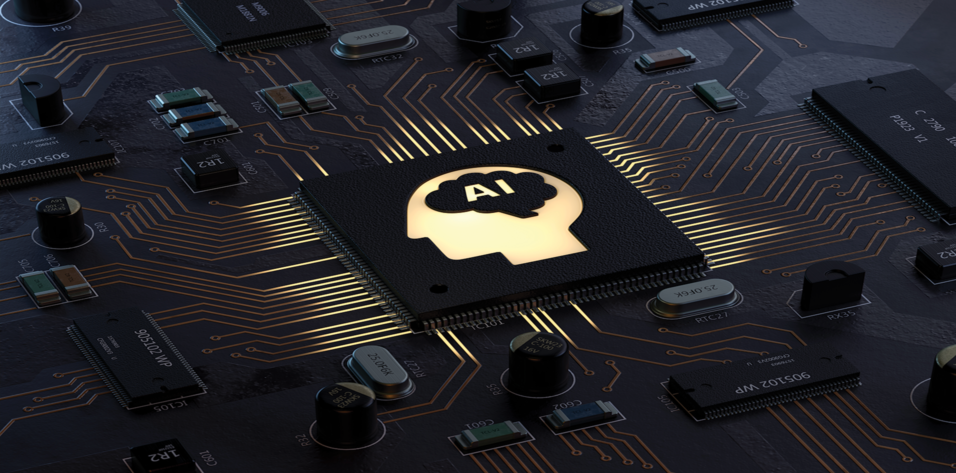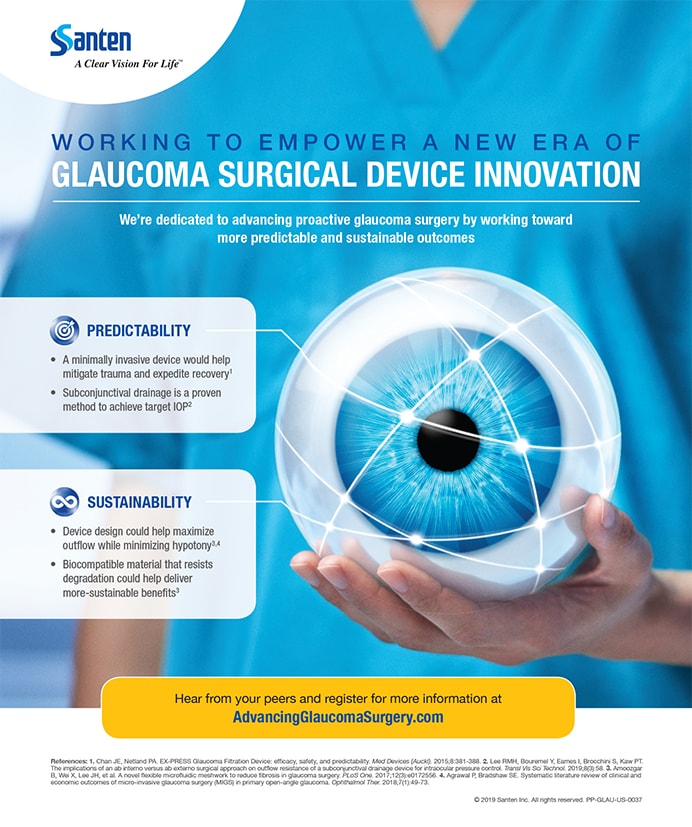As eye testing becomes increasingly sophisticated, it’s no surprise that artificial intelligence (AI) and big data have been on the rise in the eye care sector, and opportunities for their implementation in the near future are robust. AI is defined as the capability of a machine to imitate intelligent human behavior.1
In optometry and ophthalmology, AI technology is predominantly aimed at diseases with a high prevalence, such as diabetic retinopathy (DR), age-related macular degeneration (AMD), cataract, retinopathy of prematurity, retinal vein occlusion, and glaucoma.
AI has already become invaluable for the interpretation of much of the subjective and objective testing that takes place within the eye care setting. AI reports are generated for OCT, glaucoma visual fields, electroretinography, and visual evoked potential, for instance. These reports help clinicians determine the level of severity of any number of diseases affecting the eye.
A number of AI technologies for screening patients for DR are in various states of development. I have been an investigator in a clinical trial for one of these technologies, so that is the one I am most familiar with, but all hold promise to improve disease detection. This article offers a look at some available screening options and some in development (see Learn More).
AI OPTIONS IN EYE CARE
IDx-DR
IDx-DR (IDx Technologies) is an autonomous AI system cleared by the FDA for the detection of DR. The operator captures two images per eye using a fundus camera, and these images are submitted to the IDx-DR Client. IDx-DR analyzes images for signs of DR and provides results in less than a minute. Patients who are negative for anything more than mild DR are advised to retest in 12 months; those with more than mild DR detected are referred to an eye care professional. In a clinical trial of 900 individuals with diabetes, IDx-DR demonstrated 87% sensitivity and 90% specificity at detecting more than mild DR in fundus images.2
According to the company, IDx is developing algorithms that can detect disease across a number of imaging modalities, with a focus on fundus photography and OCT. Prototypes exist for detecting AMD and glaucoma.
EyeArt AI Eye Screening System
The EyeArt AI Eye Screening System (Eyenuk) employs AI algorithms to autonomously analyze images of the retina taken with a fundus camera to detect DR. Fundus images of the eye are fed into the system, which conducts automated screening in a single office visit that includes retinal imaging, DR grading based on international standards, and generation of a report. Once the patient’s fundus images have been captured and submitted to the EyeArt AI System, the DR screening results are available to view and export to a PDF report in less than 60 seconds.
With the EyeArt system, a user with minimal training can take a digital image of the fundus, upload it, and screen patients for DR. Instead of sending every patient suspected of having DR to an ophthalmologist, therefore, only those indicated as likely to have the presence of the disease are referred. The EyeArt system can also support the EyeScreen Human + AI Diagnostic Service, which combines independent grading by a human specialist and AI assessment to optimize detection of AI.
As high enrollers in clinical studies evaluating the EyeArt AI System for diagnosis of DR, my colleague Jeffrey Lookhart, OD, and I found that the readout provided by the software was highly correlative with the diagnostician’s clinical evaluation at the time of the examination.
The EyeArt AI System has the CE Mark as a class 2a medical device in the European Union and a Health Canada license. In the United States, the system is pending FDA 510(k) clearance. In the company’s pipeline are EyeMark, designed to track DR progression; EyeSee AMD, an automated retinal imaging analysis technology to identify AMD; and EyeSee Glaucoma, which can enable screening, grading, and reporting for glaucoma.
IRIS
IRIS (Intelligent Retinal Imaging Systems) is an FDA class 2 retinal diagnostic solution that integrates into clinical primary care workflows, according to the company. IRIS was created to identify early diabetes in patients and to improve outcomes and reduce downstream health care costs. In October, IRIS announced a partnership with Remidio Innovative Solutions to combine the IRIS software and services program with Remidio’s handheld camera to allow service providers to adopt a telemedicine program to examine, detect, and diagnose retinal disease in diabetic patients. The Remidio camera provides AI-ready capabilities such as providing instantaneous image gradeability.3
DeepMind
DeepMind has created a prototype product that scans a patient’s retina to diagnose potential issues in real time.4 First, the device scans the retina, then DeepMind’s algorithms analyze the images, after which a diagnosis and an “urgency score” are provided. DeepMind says its prototype system, which has been in development for the past 3 years at Moorfields Eye Hospital in London, can detect a range of diseases, including DR, glaucoma, and AMD. The system has not been submitted for regulatory approval.
AI APPLICATIONS
AI technology can be used as a sophisticated sort of triage. It can help determine which patients with urgent conditions should be seen preferentially by a specialist, while those with nonurgent needs may wait for a routine appointment. Patients with no symptoms and no early signs of pathology can be scheduled for repeat screening the following year.
Another benefit of AI screening tools is that, by placing the screening process in the hands of a wider range of health care professionals, it will likely increase early detection of DR. Early detection translates to early intervention, resulting in a reduction in the need for expensive and invasive procedures and follow-up visits. It can also reduce the number of patients whose DR goes undetected until it is too late, thus reducing DR-related blindness.
AI technology can simplify screening without sacrificing speed or accuracy. With the potential for use by technicians or trained lay people, it can offer particular benefits for patients who, for whatever reason, cannot easily get to the office of an eye care professional for baseline screening. It also has the potential to offer rapid, affordable, on-the-spot screening of fundus images for patients who face economic barriers to seeing an eye care professional. This includes high-risk populations, such as those who cannot afford health insurance and indigenous communities on government reservations.5
LOOKING FORWARD
Disease screening with AI represents a great opportunity for eye care practitioners to improve outcomes. Referral of patients with DR to an ophthalmologist for further evaluation and treatment will help to facilitate timely and accurate diagnosis and potentially prevent vision loss.
1. Artificial intelligence. Merriam-Webster. www.merriam-webster.com/dictionary/artificial%20intelligence. Accessed November 7, 2019.
2. Abramoff MD, Lavin PT, Birch M, et al. Pivotal trial of an autonomous AI-based diagnostic system for detection of diabetic retinopathy in primary care offices. NPJ Digit Med. 2018;1:39.
3. Intelligent Retinal Imaging Systems (IRIS) partners with Remidio Innovative Solutions Pvt Ltd to provide affordable early detection systems for diabetic eye disease [press release]. Pensacola, FL: Intelligent Retinal Imaging Systems; October 10, 2019.
4. DeepMind has made a prototype product that can diagnose eye diseases. MIT Technology Review. April 1, 2019. www.technologyreview.com/f/613249/deepmind-has-made-a-prototype-product-that-can-diagnose-eye-diseases/. Accessed November 7, 2019.
5. Keel S, Foreman J, Xie J, van Wijngaarden P, Taylor HR, Dirani M. The prevalence of self-reported diabetes in the Australian National Eye Health Survey. PLoS One. 2017;12(1):e0169211.






